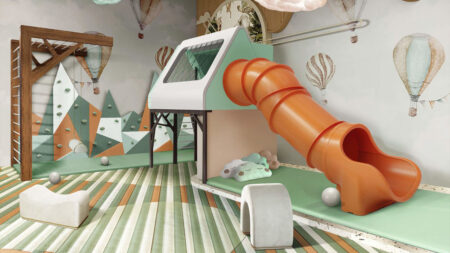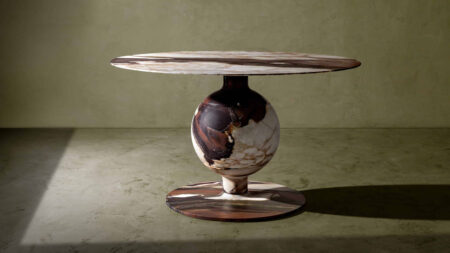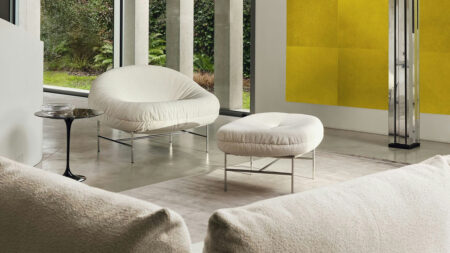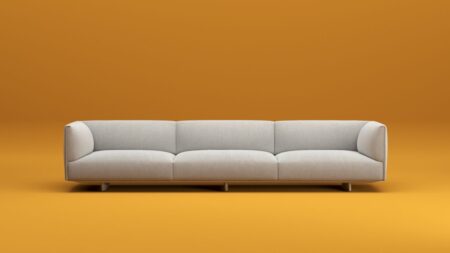I grew up seeing an Omega on my grandfather’s wrist while he lounged on a mid-century wooden recliner from an atelier in India. Omega was my first love, I owned it after his passing; but the recliner remained vacant, longing for an occupant.
I was a strong believer that wristwatch is a heirloom meant to be passed down through generations. What I didn’t realize with furniture until I turned 27. When my journey from watches and gadgets held a stride and destiny catapulted me into the scope of home design with Homecrux.
I learned that solid and timeless furniture looks elegant in any setting. It can be passed down to your beloved, like an Omega or a Rolex. This well-articulated, handmade furniture, available in a variety of styles, is made with longevity as its foundation. It is capable of being passed on in the family, gifted time and again, without a speck of doubt.
A furniture piece flowing down a lineage; from grandfather to father and from a father to his daughter – relocating from one family to another – becomes the anchor in a room around which mass furnishing establishes a befitting approach.
This is heirloom furniture, a canvas of shades, and a tale of family bond.
Each heirloom piece tells its own unique story; standing a special place in the history of the family(s) it has touched through its age. To that accord, family heirloom furniture is rated among the highest quality you can own. Such traditional pieces are built to last and are meant to be cherished over generations.
Not only for its longevity and design, heirloom furniture is also held for its sentimental value and environmental benefit. People cling to their ancestral desk, their father’s chest, or their grandma’s chair, saving them through time with hot glue, polish, and other mending methods. They want the furniture to be as close to the original as it was when brought home.
Handcrafted furniture lasts a few decades unlike the flat-pack, fast furniture that is overcasting the broader part of the market today. The former benefits the environment because lesser solid wood reaches landfills, whereas mass furniture is fueling a disposable culture. These pieces are constantly bought and replaced; lesser cherished, and even fewer passed down generations.
Heirloom furniture is better in many ways. It is an embodiment of handmade craftsmanship and the use of the finest materials, lending that long-lasting characteristic. Therefore, for many, their most expensive possessions besides watches and cars are antique furniture. For them, heirloom furniture is not necessarily a generational legacy, but a collector’s item!
Furniture becomes a collector’s item when it is exclusive, not mass-produced, so it has less chance of being replicated. The quality of such furniture is defined by its age and the materials (mahogany, walnut, or oak, etc) used in its construction that warrant it lasts as long as the hardwood would do in the natural environment.
Yet, in the last decade, furniture has transformed from what it used to be.
Durable, handcrafted furniture is exorbitantly priced for most; it is left for the wealthiest to afford. Inexpensive, self-assembly furniture has taken over and transformed the outlook. Furniture is rarely bought as something that will last a lifetime. Where a mother’s dresser would go with her daughter, and a grandfather’s mid-century recliner would become a centerpiece of the living room.
Consumers now switch furniture with the changing social media trends. Colors and compatibility weigh heavier on quality; quick and convenient delivery outsmarts craftsmanship and an ageless building mindset. Ancient chests of drawers and antique wardrobes, in families that shift apartments far quicker than a few decades back, have been replaced by furniture with built-in storage and self-assembled cupboards/racks.
Mass-produced fast furniture is the new choice in the booming e-commerce market. This tool-free assembly furniture is delivered to the doorstep in days; you can tap a few nails, fix some tongue & grooves, and have a great-looking piece ready. Ideal for those who need it right away, fast furniture’s biggest advantage lies in its price. Most of the pieces are affordable; the Wall Street Journal notes that most manufacturers have “decreased furniture price by up to 50 percent.” However, the compromise on quality and sustainability cannot be overlooked.
Fast furniture is cheaper, and as the name suggests – quicker – to produce. It’s typically made from lesser-quality materials. It requires little manual labor as the furniture comes out ready from the massive assembly lines. The ready-to-use furniture is demanded for its practicality in the fast-paced, small-spend, quick-change market.
This trend is further intensified with the adoption of the tiny lifestyle. The living spaces are shrinking and so is the market acceptance for handcrafted furniture. As people downsize, it’s not only the adoption problem. Those who are moving toward smaller footprints are finding it hard to sell off their antiques. There is no market for it! Moreover, even with all the safekeeping, at some point, the highest quality furniture can show signs of aging. Wood breaks, upholstery tears, and stitching starts to unravel. And then owners stop using it and no one wants it either.
Environmental impact could inflict acceptance.
The newer generation is more conscious of the environmental degradation. They are progressive thinkers. When the calling comes, they will realize the peril of disposable culture. Of the constant replacing of furniture. Then together with the maker community, and the relentless woodworkers, – living off their YouTube earnings – they will again embrace and propagate the benefits of traditional craftsmanship. That’s when furniture will be heirloom again and people will take pride in passing it down to generations to cherish and build family stories.
Follow Homecrux on Google News!




